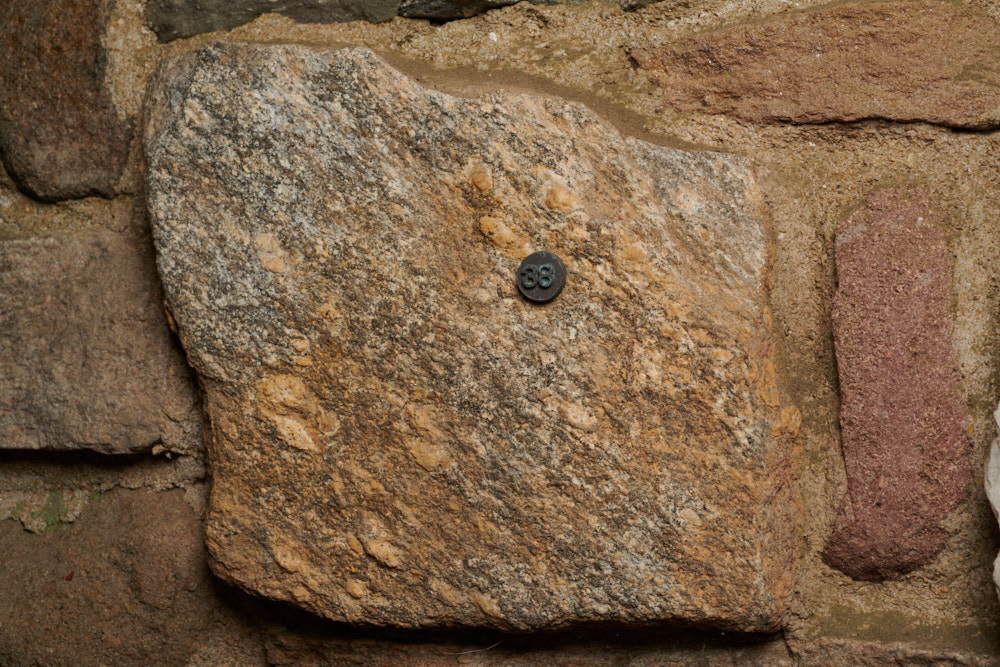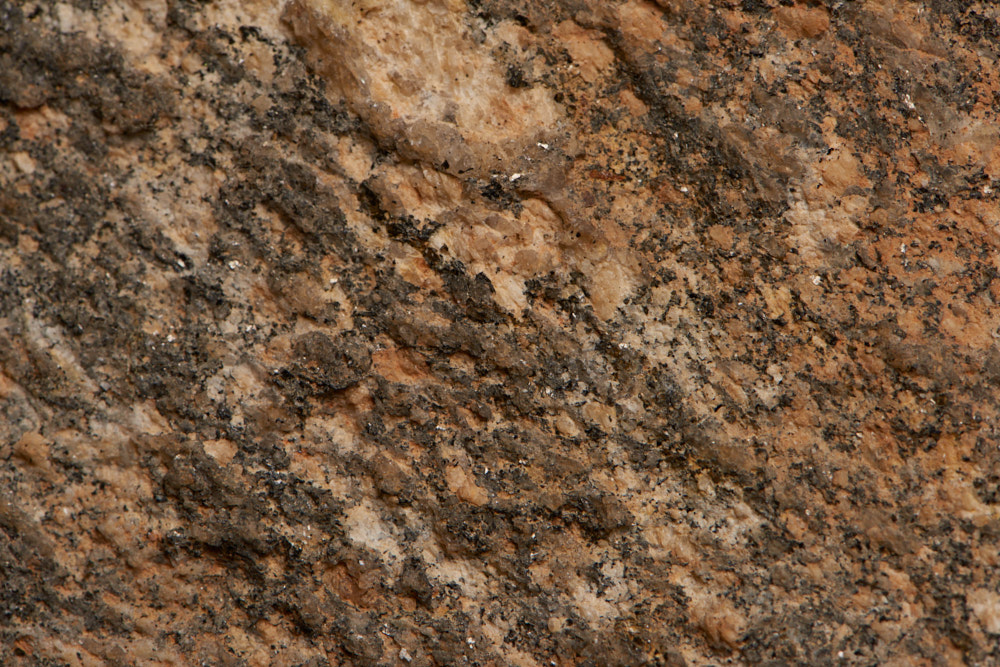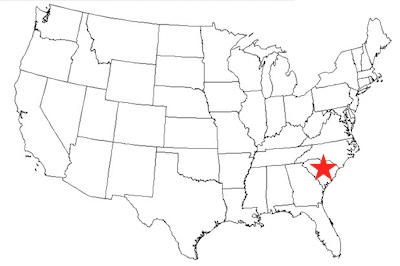State by State
South Carolina
- Specimen Number
38
- Description
Rhomboid block of granite gneiss with large, feldspar porphyroblasts. Identified by state survey as an "augen gneiss," one of several in the state. Their informed guess is the Henderson gneiss. Our closeup matches their description of "pink-brown k-spars, milky plagioclase, gray quartz, flakes of biotite, and grains of amphibole."
- Classification
Metamorphic. Gneiss. Augen.
- Location & Occurrence
Gneiss underlies several iconic bald mountain tops in northwestern part of state including Table Rock and Ceasar's Head. Must be massive enough to exfoliate. The origin suggested by the survey staff is "accretion of Iapetan sea-floor and peri-Gondwanan Island arc terranes to Laurentian margin."
- Geologic Age
Ordovician. U/Pb zircon of 460-450 Ma.
- Geoheritage
The uniformity of the granite leads to exfoliation, which leads to curved balds. The term "augen gneiss" translates to "eye gneiss" because the porphyroblast crystals resemble the shape of eyes.
- Links
USGS Compilation: Search for South Carolina in upper right. Link to South Carolina Geological Survey .
- Other
Click here for an explanation of categories and illustrations


